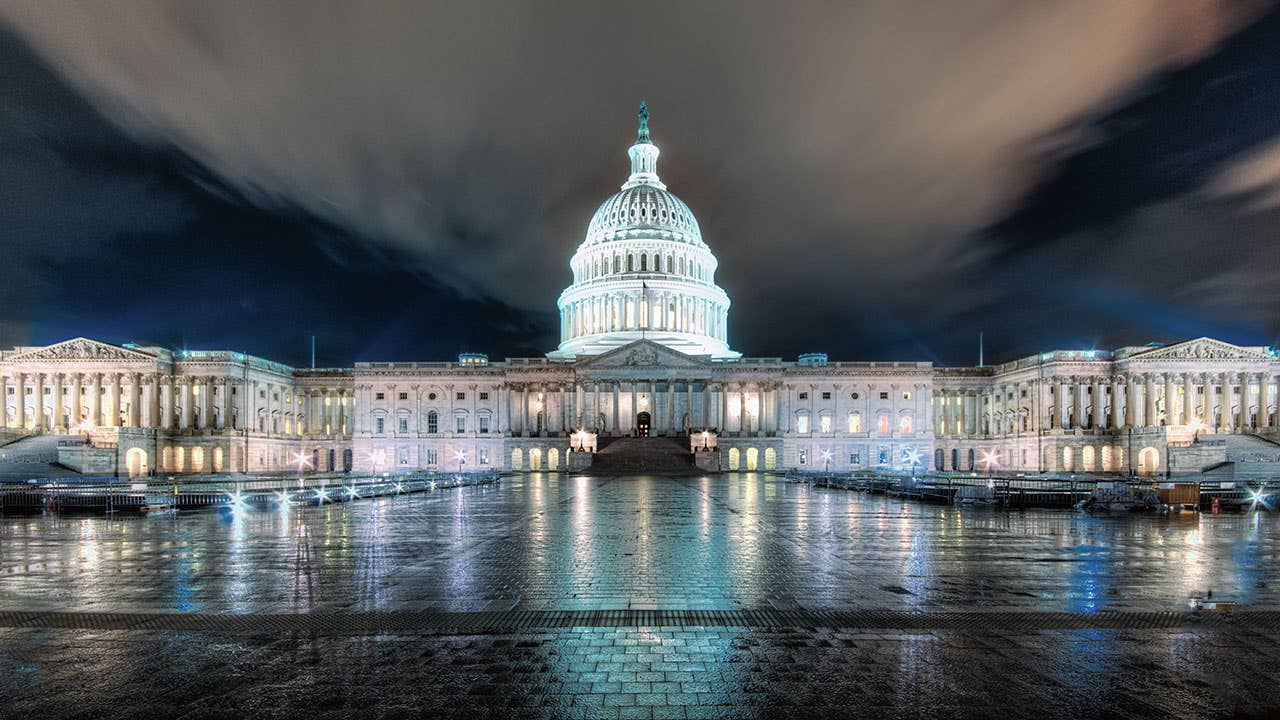Economy
A threat to the US economy biggest: experts name unexpected factor

The conflict between China and Taiwan is a threat to the U.S. economy largest and can deal a blow to the U.S. economy due to the U.S. dependence on the main supplier of microchips on the island and the high rate of development of semiconductor manufacturers in China, experts say.
Washington’s current policy on the island carries significant risks if the situation develops into an armed conflict, and affects semiconductor production in Taiwan, supplied to the American market. The island’s high-tech products are used in many U.S. goods, including computers, automobiles, medical equipment, artificial intelligence software, and communications equipment.
A threat to the U.S. economy is important. The U.S. lost $240 billion last year due to a shortage of microchips, and possible military action in Taiwan could hit the U.S. economy even harder because of its reliance on supplies from Taiwan Semiconductor Manufacturing Company (TSMC), the world’s largest.
U.S. President Joe Biden’s administration in the 2021 review of the supply chain has already recognized the country’s significant dependence on TSMC products, and, according to research group Capital Economics, it is TSMC that produces more than 90% of the most advanced microchips in the world.
Major US technology corporations, including Apple, Intel, Nvidia, Qualcomm, AMD and Broadcom, buy microchips from TSMC, while the US government depends on Taiwanese microchips to produce some of its most important and sophisticated systems, including weapons.
Representatives of Taiwan`s authorities also pointed to threats related to a possible escalation of the situation around the island. For example, Taiwan’s official representative to France, Francois Chin-Chun Wu, said on BFM Business that escalating tensions in the Taiwan Strait could lead to complications in the global semiconductor market.
In July, Zach Nunn, former director of cybersecurity at the White House National Security Council, called the shortage of semiconductors and the lack of capacity for their production a “direct threat” to the U.S. economy and national security.
In addition to military action, the threat to the production and additional exports of microchips from Taiwan is a high dependence of the island on raw materials from China. In response to a visit to Taiwan by U.S. House Speaker Nancy Pelosi, Beijing has taken steps to curb the supply to the island of silica sand, which is used in developing semiconductors.
Earlier we reported that U.S. Congress agrees to allocate $430 billion for climate and inflation.
Economy
Russian central bank says it needs months to make sure CPI falling before rate cuts -RBC


© Reuters. Russian Central Bank Governor Elvira Nabiullina attends a news conference in Moscow, Russia June 14, 2019. REUTERS/Shamil Zhumatov/File Photo
MOSCOW (Reuters) – Russia’s central bank will need two to three months to make sure that inflation is steadily declining before taking any decision on interest rate cuts, the bank’s governor Elvira Nabiullina told RBC media on Sunday.
The central bank raised its key interest rate by 100 basis points to 16% earlier in December, hiking for the fifth consecutive meeting in response to stubborn inflation, and suggested that its tightening cycle was nearly over.
Nabiullina said it was not yet clear when exactly the regulator would start cutting rates, however.
“We really need to make sure that inflation is steadily decreasing, that these are not one-off factors that can affect the rate of price growth in a particular month,” she said.
Nabiullina said the bank was taking into account a wide range of indicators but primarily those that “characterize the stability of inflation”.
“This will take two or three months or more – it depends on how much the wide range of indicators that characterize sustainable inflation declines,” she said.
The bank will next convene to set its benchmark rate on Feb. 16.
The governor also said the bank should have started monetary policy tightening earlier than in July, when it embarked on the rate-hiking cycle.
Economy
China identifies second set of projects in $140 billion spending plan


© Reuters. FILE PHOTO: Workers walk past an under-construction area with completed office towers in the background, in Shenzhen’s Qianhai new district, Guangdong province, China August 25, 2023. REUTERS/David Kirton/File Photo
SHANGHAI (Reuters) – China’s top planning body said on Saturday it had identified a second batch of public investment projects, including flood control and disaster relief programmes, under a bond issuance and investment plan announced in October to boost the economy.
With the latest tranche, China has now earmarked more than 800 billion yuan of its 1 trillion yuan ($140 billion) in additional government bond issuance in the fourth quarter, as it focuses on fiscal steps to shore up the flagging economy.
The National Development and Reform Commission (NDRC) said in a statement on Saturday it had identified 9,600 projects with planned investment of more than 560 billion yuan.
China’s economy, the world’s second largest, is struggling to regain its footing post-COVID-19 as policymakers grapple with tepid consumer demand, weak exports, falling foreign investment and a deepening real estate crisis.
The 1 trillion yuan in additional bond issuance will widen China’s 2023 budget deficit ratio to around 3.8 percent from 3 percent, the state-run Xinhua news agency has said.
“Construction of the projects will improve China’s flood control system, emergency response mechanism and disaster relief capabilities, and better protect people’s lives and property, so it is very significant,” the NDRC said.
The agency said it will coordinate with other government bodies to make sure that funds are allocated speedily for investment and that high standards of quality are maintained in project construction.
($1 = 7.1315 renminbi)
Economy
Russian central bank says it needs months to make sure CPI falling before rate cuts -RBC


© Reuters. Russian Central Bank Governor Elvira Nabiullina attends a news conference in Moscow, Russia June 14, 2019. REUTERS/Shamil Zhumatov/File Photo
MOSCOW (Reuters) – Russia’s central bank will need two to three months to make sure that inflation is steadily declining before taking any decision on interest rate cuts, the bank’s governor Elvira Nabiullina told RBC media on Sunday.
The central bank raised its key interest rate by 100 basis points to 16% earlier in December, hiking for the fifth consecutive meeting in response to stubborn inflation, and suggested that its tightening cycle was nearly over.
Nabiullina said it was not yet clear when exactly the regulator would start cutting rates, however.
“We really need to make sure that inflation is steadily decreasing, that these are not one-off factors that can affect the rate of price growth in a particular month,” she said.
Nabiullina said the bank was taking into account a wide range of indicators but primarily those that “characterize the stability of inflation”.
“This will take two or three months or more – it depends on how much the wide range of indicators that characterize sustainable inflation declines,” she said.
The bank will next convene to set its benchmark rate on Feb. 16.
The governor also said the bank should have started monetary policy tightening earlier than in July, when it embarked on the rate-hiking cycle.

 Forex3 years ago
Forex3 years agoForex Today: the dollar is gaining strength amid gloomy sentiment at the start of the Fed’s week

 Forex3 years ago
Forex3 years agoUnbiased review of Pocket Option broker

 Forex3 years ago
Forex3 years agoDollar to pound sterling exchange rate today: Pound plummeted to its lowest since 1985

 Forex3 years ago
Forex3 years agoHow is the Australian dollar doing today?

 Cryptocurrency3 years ago
Cryptocurrency3 years agoWhat happened in the crypto market – current events today

 World3 years ago
World3 years agoWhy are modern video games an art form?

 Commodities3 years ago
Commodities3 years agoCopper continues to fall in price on expectations of lower demand in China

 Economy3 years ago
Economy3 years agoCrude oil tankers double in price due to EU anti-Russian sanctions

























